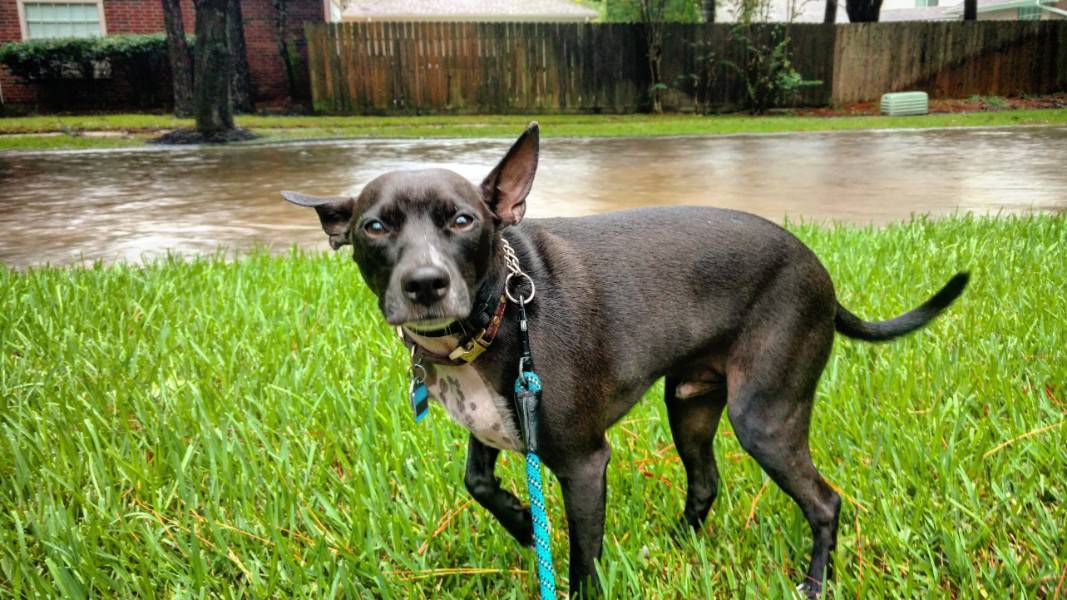The Best Ways to Protect Your Pet When Disaster Strikes

Charlotte has a reputation for mild weather, but we’re actually the ice storm capital of America. Indeed, our winters can be extreme, but our summers also compete with record-breaking temperatures. Additionally, tornadoes, hurricanes, and even drought are all possible contenders when it comes to natural disasters in our area. Although preparing for an emergency isn’t fun, taking steps to protect your pet is absolutely critical to their safety.
Do it Before You Need To
A basic tenet of emergency preparedness is making sure you have everything you need before you need it. It’s a simple idea, but one that is crucial in the end. Not having to scramble for supplies, shelter, or information when disaster strikes can save valuable time and energy.
Pets depend on their owners to keep them safe, secure, nourished, and warm. Unfortunately, when an emergency occurs, these are the first things that become the most difficult to maintain.
Protect your pet from possible escape or separation by having them microchipped. While not a replacement for visible ID tags and a collar, microchips are an added layer of protection when it comes to unplanned situations.
The Keys
Know the sources from which you can find accurate weather alerts and warnings, such as local radio and television stations. The Charlotte-Mecklenburg Emergency Management website can be bookmarked on your browser.
Leaving Home
Depending on the situation, you may have to evacuate to protect your pet and family. Having an evacuation plan is critical.
- Know how to get out of the house and meet at a designated spot outside.
- Practice how to get out of the house together, and know what arrangements must be made to get somewhere else safely.
- Assign certain tasks to other members of the household, such as who will grab the emergency kit and necessary gear and who will hold the family pet.
- Always take your pet with you in the event of an evacuation. Their chances of survival plummet without your protection.
Emergency Kit
To protect your pet during an emergency, have the following items packed in a separate pet emergency kit:
- Crate with blankets, pillows, toys, and treats
- Canned or vacuum-sealed food and water (enough for at least 3 days)
- Necessary medications
- Leash and harness
- Extra collar and ID tags
- Medical records and proof of vaccinations
- A recent photo of your pet and one with both of you together
- Booties and other protective gear, like a vest or sweater
- First aid supplies, such as gauze, tape, scissors, antibiotic ointment, gloves, tweezers, saline solution, and directions
- Newspapers, puppy pads, litter, litter pan, and hand sanitizer
Keep on Moving
Evacuation shelters generally don’t accept pets, so know where you can go in advance. Speak with friends, relatives, and research local pet-friendly hotels beforehand. We also offer canine boarding and feline boarding services.
You Can Protect Your Pet
When you return home after an evacuation, be sure to watch your pet closely. The area around the house may smell different, causing them to behave differently. Leash them up, even in the backyard, until they’re reacclimated. This will also help if there are downed power lines nearby, fallen trees and large branches, sharp objects, contaminated water, or feral animals.
Emergency preparedness can be scary to think about, but it’s always better to be prepared. If you have any questions about how to protect your pet during an emergency, we encourage you to contact us.
